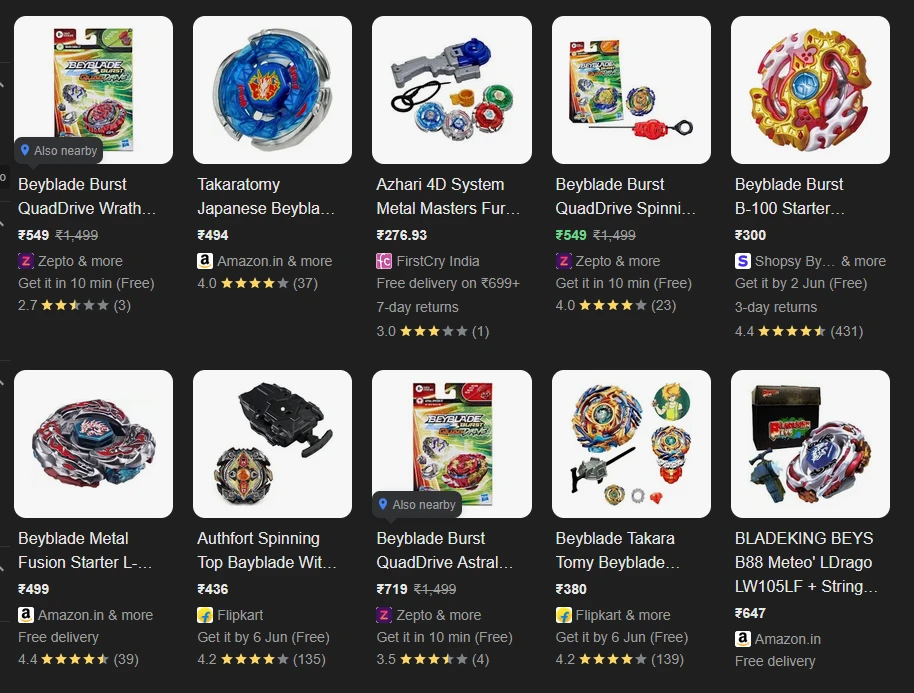Or is it just fear-mongering? Haven’t we been living with lead exposure for a long time? Is the small amount of lead even serious? Do all fakes even have lead in them? Or is it just a ploy by sellers, scalpers, and price gougers to make their profits?
The argument that “I don’t care about lead content in my Beyblades, so I’ll buy fakes/midfakes” is all too common. But you should care. Take a bit of free time and read this article in full. It’s not just for safety purposes, but responsibility purposes as well.
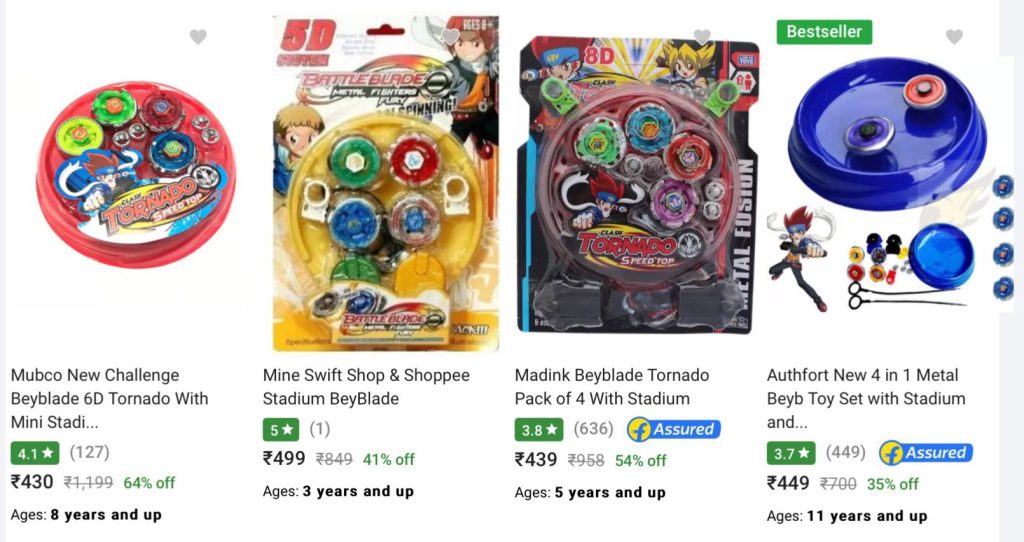
Here’s Exactly Why Lead is Dangerous
According to UNICEF’s The Toxic Truth report in 2020, lead poisoning affects 1/3 of all children. The most glaring fact? Of the 800 million children who have a higher-than-normal level of lead, 275 million are in India alone (India is #1). This figure is from several years ago. With no law made against lead specifically, we can safely assume that the number is much higher today. Back in 2020, 275 million children were 50% of all children in India. Read more in this PDF.
Adults are kind of fine for the most part. But children have a much higher risk. Lead poisoning leads to stunted growth (both mental and physical). The effects are dangerous, irreversible, and quite horrendous in many cases.
And the worst part? You cannot directly link a case of lead poisoning to a specific toy. If it happens, there could be a million potential reasons, like water, air, or paint.
But the fact remains—out of 9L deaths that the WHO/UN tracked, the most deaths were from India. India ranked #1 with 26% of total lead poisoning deaths out of all countries in the world.
At least here, it makes sense to be more aware of this stuff.
This is why it pisses me off so much when Beyblade buyers in India laugh at lead poisoning concerns. If you still must buy fakes, at least make sure you dump them securely when/if they break. Don’t just throw them out with other trash. It won’t just poison people, but your local soil or water too.
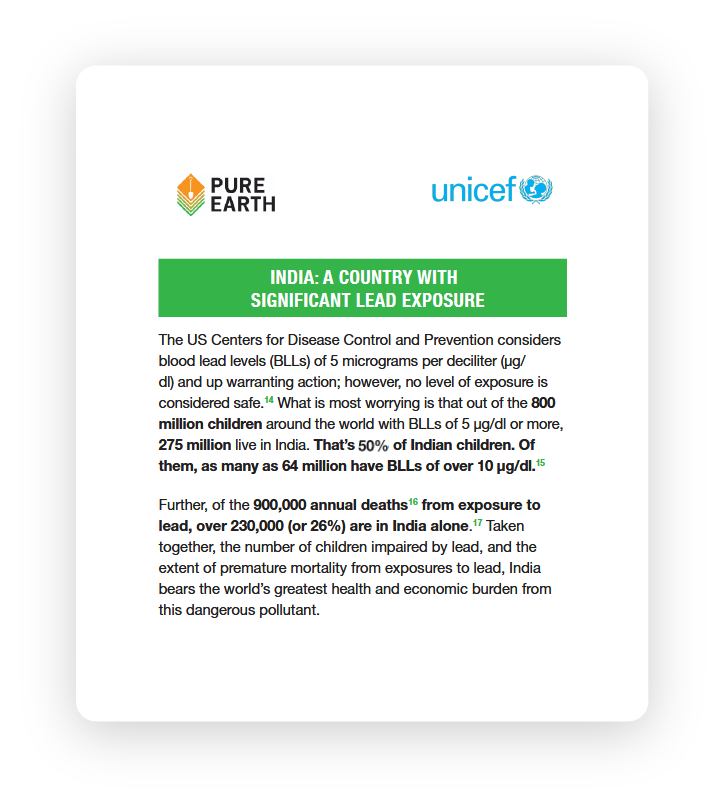
Back in November 2019, the Commerce Department of a US state banned these fakes from Amazon, AliExpress, and Wish because of their lead and cadmium content. Why? A child with an elevated blood lead level led to an investigation. The team tested 50 Beyblades. 15 were off-brand and contained toxic levels of lead and cadmium. The team noted these were “significantly cheaper” than name-brand products (name-brands being Hasbro and Takara Tomy—which showed no such threat).
But who will do this here in India? Nobody. That’s why it’s our responsibility to be careful and aware as hobbyists, consumers, and citizens.
And Here’s the Real Problem
There is the point that you’re giving money to companies that put lead in children’s toys. But what is this lead doing, exactly? Of course, you’re not going to get lead poisoning just by touching a fake Beyblade, are you?
If you touch it regularly and then touch your face regularly, for example (or if a broken Bey sends pieces flying in the air), it’s bad. If you battle with them, you’re sending microparticles of lead and possibly cadmium into the air. That’s very bad. Lead will chip off from contacts/impacts very easily.
But if you mostly keep the Beyblade in some place and do not touch it regularly or break it, it’s most probably fine.
However, this isn’t something we should encourage—that’s the main point. We have a responsibility. We choose who we support.
If fakes become normal, lead poisoning will be out of hand. That’s the main concern. It’s not possible for everyone to determine lead content by doing chemical tests. For adults, it’s still okay. But if lead-laced products become normal, parents will be buying these for their children without knowing, because mentioning the material composition of toys is not required by law. For parents, the cheaper Beyblade will look like a better deal as they don’t know better compared to, say, a Hasbro one.
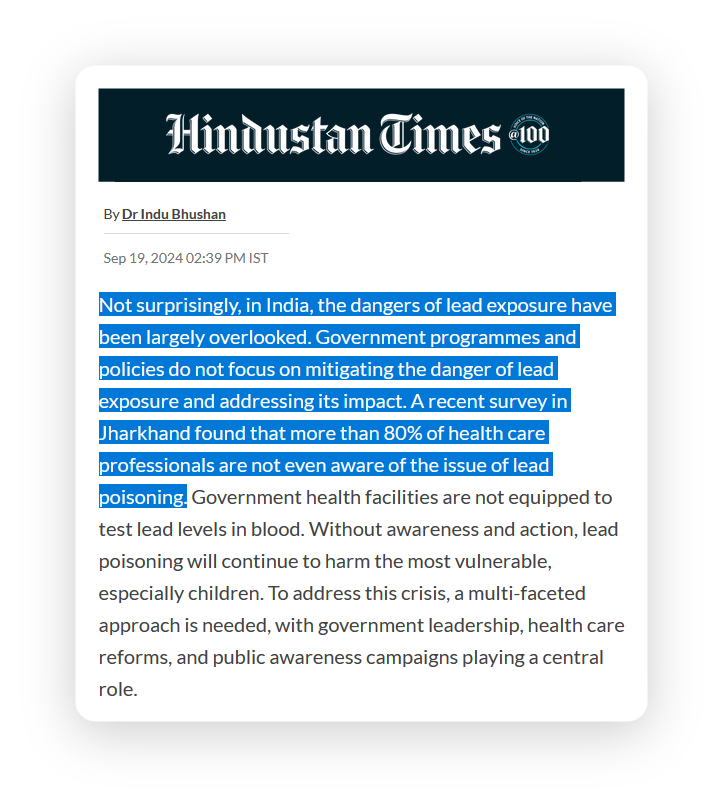
This kind of thing was being encouraged by a Beytuber a few years ago in the US. After a point, the YouTuber basically wanted to justify owning fakes (as he mostly bought fakes for his videos) to himself, and this led to a huge row in the US Beyblade/YouTube community (channel name: SuperBeybladeFamily). When other Beytubers like Kevo, Zankye, etc., proved that the exact fakes being shown/reviewed by SuperBeybladeFamily also contained lead, which was a huge issue in the US shortly after state investigations in the US found high traces of lead in fake Beyblades, Mr. LT (main guy from the SuperBeybladeFamily channel) kept trying to fight it, justify himself, and claim that the others were doing wrong tests. Ultimately, he was no longer considered a part of the Beyblade YouTube community by other Beytubers (he was virtually kicked from the community and is an exile now).
Super important note: If you have a toddler or infant at home, throw out your fake Beyblades right now. Trust me, that risk isn’t worth getting a bunch of cheaper Beyblades. Here’s a snippet from the Flint water crisis page on Wikipedia:
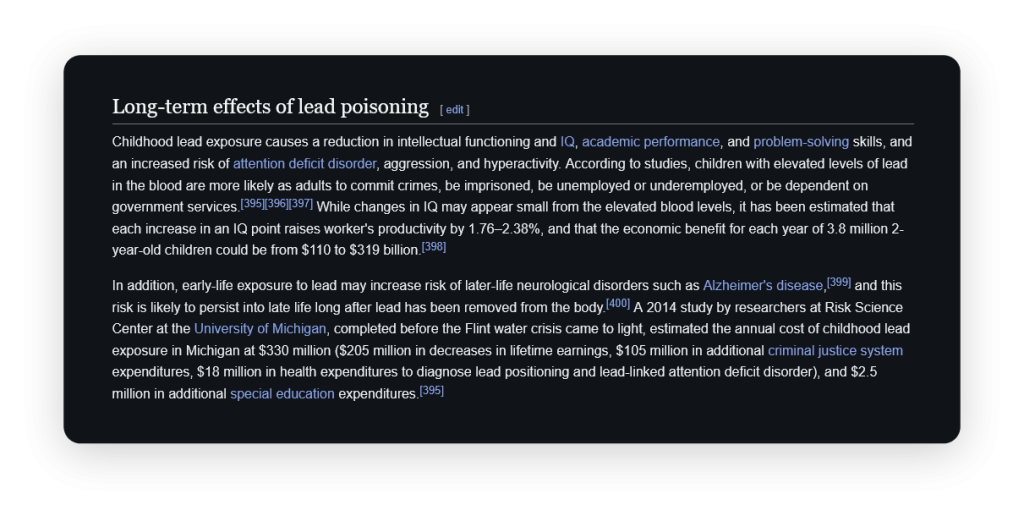
But Why Do They Use Lead?
Let’s understand why manufacturers use lead. See, they want to cut their costs.
- Adding lead to an alloy not only helps them produce it for cheaper, but it also makes the material shinier. To the less aware Beyblade enthusiast, a shinier weight disc or fusion wheel (vs. original) could feel more attractive. It’s easy to spot fakes in the open if you’ve seen the original’s colours.
- They are also more likely to use lead-based paint for colouring.
Takara Tomy and Hasbro mostly use a zinc-based alloy called Zamak (precisely, Zamak3) for the metal parts. It has no lead content. With fakes and even midfakes, you’re basically gambling. Which run has what lead content is something you’ll never know.
Note that when we say fakes, we mean Flame brands such as Bladeking or manufacturers like Rapidity. They are proven to contain lead.

